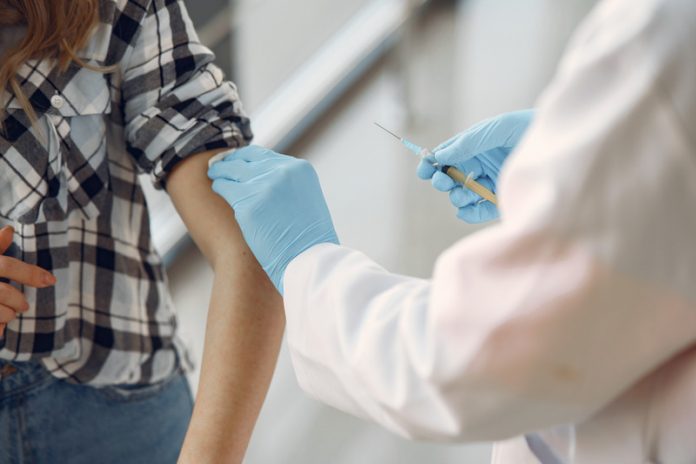MONTGOMERY, Ala. – A poll to better understand the reluctance to take the COVID-19 vaccine among African Americans, Hispanics/Latinos and Tribal Nations was conducted by the Bruno Event Team for the Alabama Department of Public Health (ADPH). A federal grant funded the poll of 1,000 individuals taken in March 2021.
The polling sample size included an oversample of the racial and ethnic minority groups. Other ethnicities are included in this poll, but not in proportion to their population representation in Alabama. All participants in the research were screened for either vaccine hesitancy or resistance. If a respondent indicated they were already vaccinated or were going to be, they were screened out of the research. The polling company conducted secondary, quantitative (traditional survey) and qualitative (focus groups) research to accomplish two goals:
- Determine the primary driver of vaccine resistance among the three minority groups
- Understand how to break down the resistance
The polling company concluded, “On the whole, opinion is stubborn, underscoring the need for emotional appeals and the right messengers.”
Findings are as follows:
- Reluctance exists among all groups, not just African Americans, Hispanics/Latinos and Tribal Nations. The primary driver of vaccine resistance among all groups is the speed with which the vaccine was developed. People are worried about long-term side effects they perceive to have not been studied or identified. Lack of trust in the government also appeared as driver of reluctance, as did general skepticism of all vaccines.
- African Americans are highly sensitive to being “targeted.” This appeared numerous times during the focus groups. The campaign must be authentic, and imagery and messages must appeal to broader populations to be effective for African Americans.
- Perceived barriers to getting the vaccine are real. Hispanics/Latinos are worried about deportation, while all three groups expressed concern about not being insured or the cost of the vaccine.
- Despite being reluctant to receive the vaccine, the research shows the groups do take COVID-19 seriously.
- The campaign must convince the minority populations to get the vaccine on their own, rather than feel like they are being “forced” to get the vaccine.
Messaging/Imagery
- Overall, the most impactful messages are that the vaccine could (safely) save your life, the coronavirus isn’t going away anytime soon, we all play a role in keeping our community safe, vaccines have eradicated diseases in the past, the virus is more concerning than the vaccine, and “I want to hug my loves ones.”
The appeal of “regular life” is strong — stronger than hesitations about the vaccine.
- Safety of the vaccine
- Efficacy of the vaccine
- Return to family
- Protect the family
The two images that tested best are the family getting back together and football-related images. Both are relatable to the widest swath of participants. The best messengers for the group as a whole are medical professionals, particularly local nurses and doctors, with an assist from pharmacists. The race of the medical professional matters to African American respondents, who slightly prefer a professional of their own race.
A summary of select polling data is below:
alabamapublichealth.gov/covid19vaccine/assets/covid19_vaccinehesitancy.pdf





















